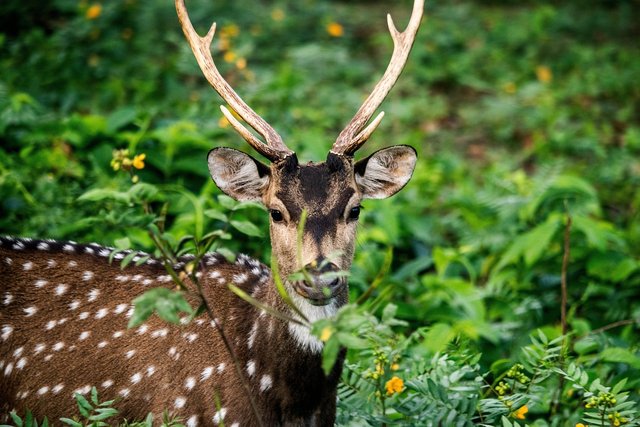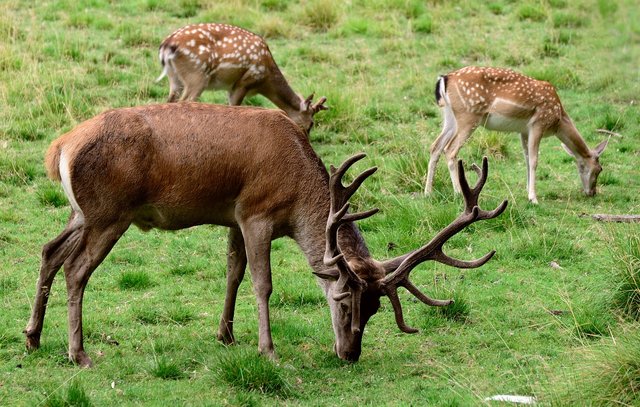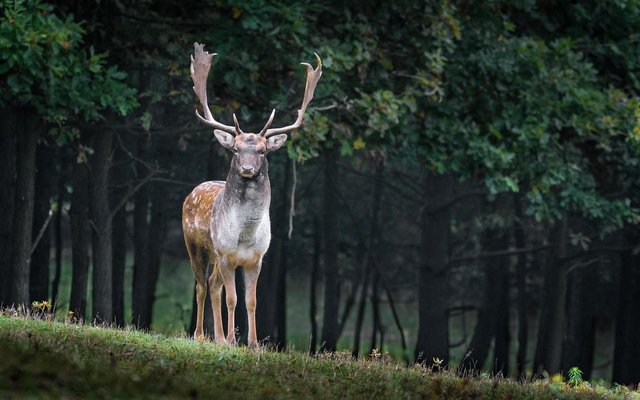Do you know deer and how they survive from predators?

Deer are herbivorous mammals belonging to the Cervidae family and are widespread in various habitats throughout the world, except in Australia and Antarctica. They have special adaptations to survive diverse predators, such as wolves, bears and humans.
Physically, deer have a slender body with long legs, which allows them to run quickly for short periods of time. This adaptation helps them avoid predators by exploiting their speed and jumping prowess. Deer also have large, sensitive ears and a keen sense of smell, which allows them to detect threats from long distances.

One of deer's main strategies for survival is through their social behavior. They often live in large groups, which allows them to expand their surveillance networks for potential predators. When danger is detected, deer can use warning signals in the form of sound or movement to alert other group members.
In addition, deer also have further physical adaptations, such as the ability to hide in thick bushes or forests. This not only provides protection from the sight of predators, but also gives them access to an adequate food source. Deer often utilize evening or early morning feeding behavior patterns to minimize the risk of encountering predators, resting in safe places during the day.
Evolutionarily, deer have also developed color patterns and adaptations in their fur that allow them to blend in with their surroundings. This is often an effective strategy to avoid detection by predators that rely on sight to hunt.

However, despite a number of powerful survival strategies, deer populations are often impacted by human activities, such as illegal hunting, habitat loss, and other disturbances. Proper habitat protection and conservation is essential to ensure their survival in the wild.
Overall, deer are a fascinating example of how large herbivores evolved a number of physical strategies, behavioral, and evolutionary adaptations to survive predator threats in a variety of habitats around the world. By understanding these strategies, we can better appreciate the uniqueness and diversity of wildlife and the importance of conservation to protect these species in the future.
Thank you, friend!


I'm @steem.history, who is steem witness.
Thank you for witnessvoting for me.
please click it!
(Go to https://steemit.com/~witnesses and type fbslo at the bottom of the page)
The weight is reduced because of the lack of Voting Power. If you vote for me as a witness, you can get my little vote.